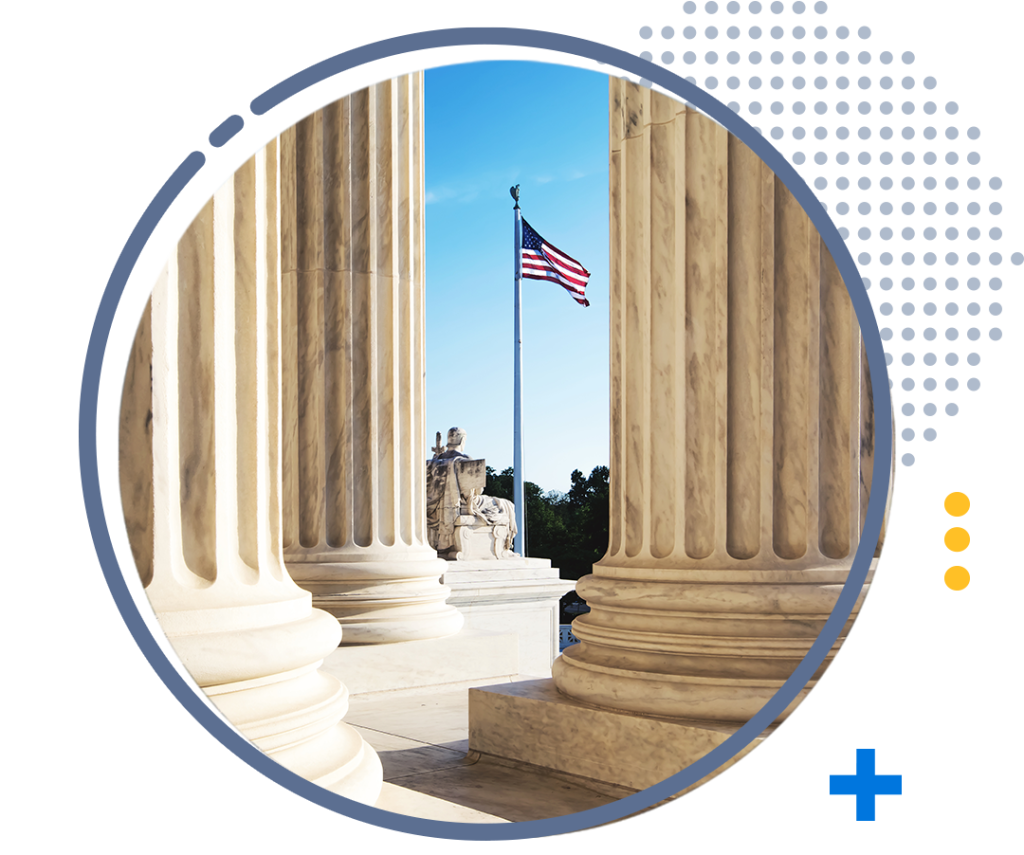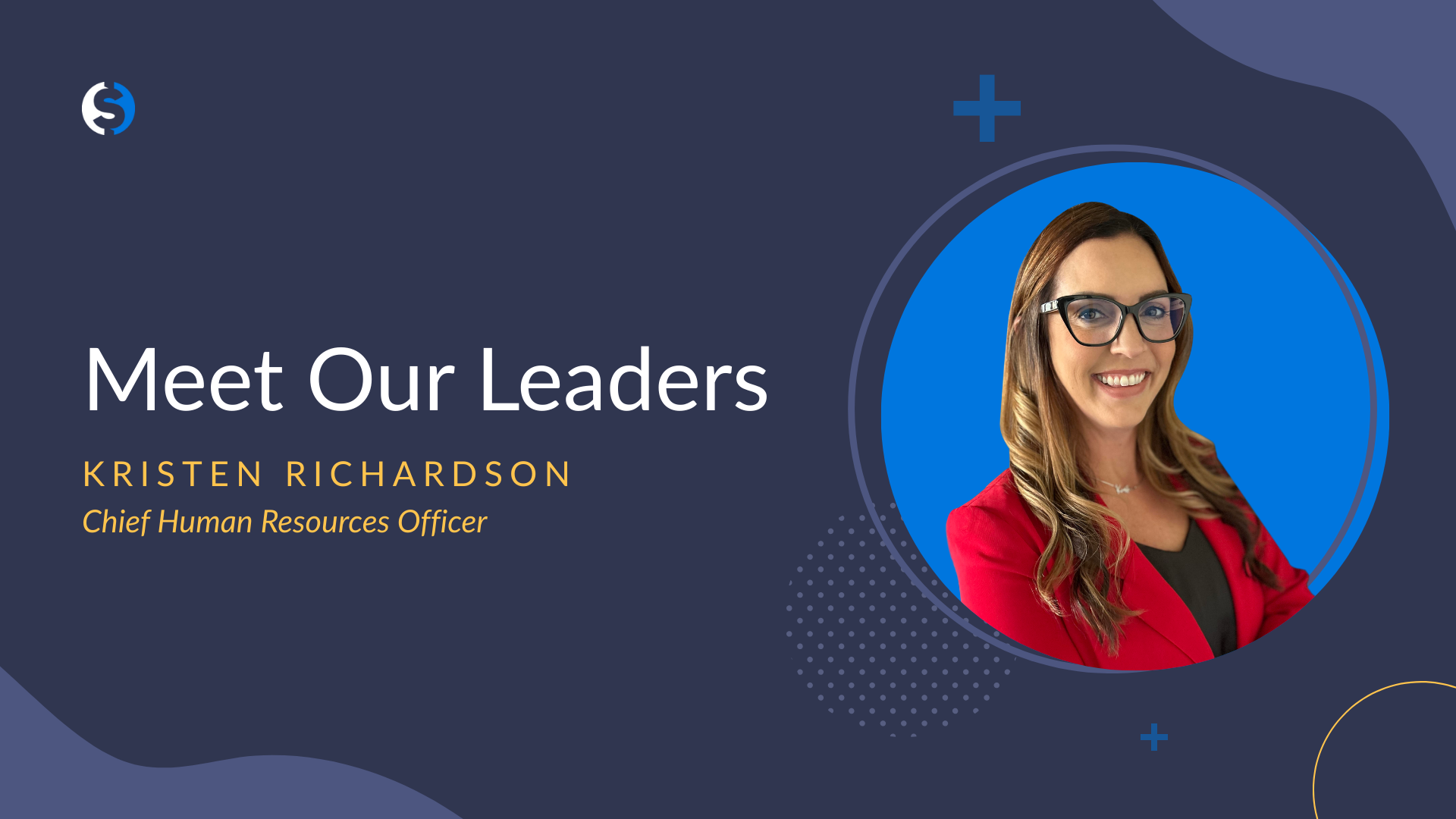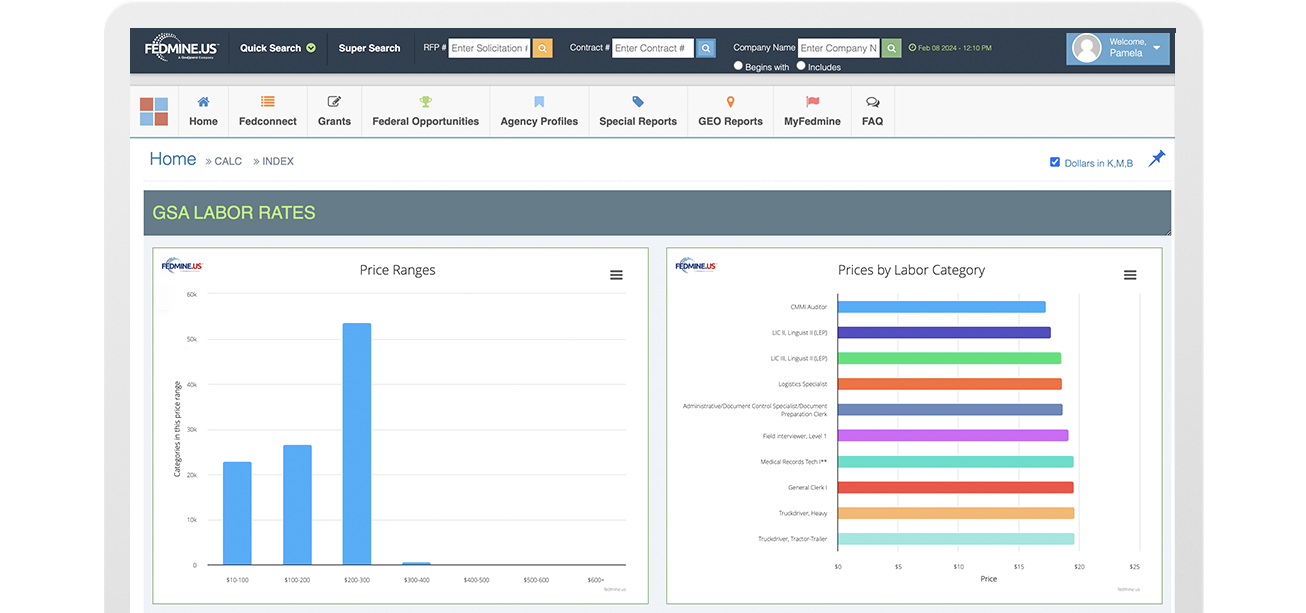B2G intelligence for
B2G intelligence
public sector sales.procurement offices.strategy & consulting.
for sales.procurement.strategy.
GovSpend provides government procurement data and analytics to organizations buying and selling in the public sector. With transparency and accountability at the center of what we do, we strive to place data-driven insights into the hands of our federal, state, local, and education customers so they can win more government contracts.
Who We Serve
Buyers and Sellers in the Public Sector
Whether you’re a federal contractor strategizing for more awards, a SLED agency in search of a new vendor, or a consultant looking for new government-focused clients, GovSpend has the public sector intelligence you need to understand your market and pinpoint new opportunities.
Vendors & Contractors
A winning public sector sales strategy looks different across industries and competitive landscapes. But one thing all winning strategies have in common is market intelligence. With deeper insight into historical purchases, current contracts, and planned spending, you can confidently go to public market with your goods and services and win more government bids.
Federal & SLED Agencies
As stewards of public funds, government agencies are tasked with procuring the most competitive pricing and favorable contract terms for the goods and services they buy. Whether you’re with a federal agency looking to award contracts to small business or a K-12 school district looking to upgrade its learning software, GovSpend has a solution for you.
Strategy & Consulting
For financial institutions and consultants operating in the public sector, insight into your client’s procurement landscape is essential. With spending intelligence for both the federal and SLED sectors, you have the market analysis tools you need to pinpoint potential new clients, nurture and delight existing ones, and build a reputation for strategies that win.
Nationwide Data
Procurement Data that Wins
Thousands of SLED Agencies
Part of GovSpend’s unique value are the agency relationships and processes we’ve built to seamlessly collect purchasing data. This requires a dedicated team of data stewards, acquisition specialists, data engineers, and software developers in combination with patented technology we’ve developed to aggregate, process, and normalize the data.
Contract Data From 19 Sources
The power of the Fedmine platform lies in the seamless aggregation and integration of 19 federal datasets. By combining this intelligence into a single platform, we deliver comprehensive transparency into federal government contracts, enabling you to make informed business decisions.













